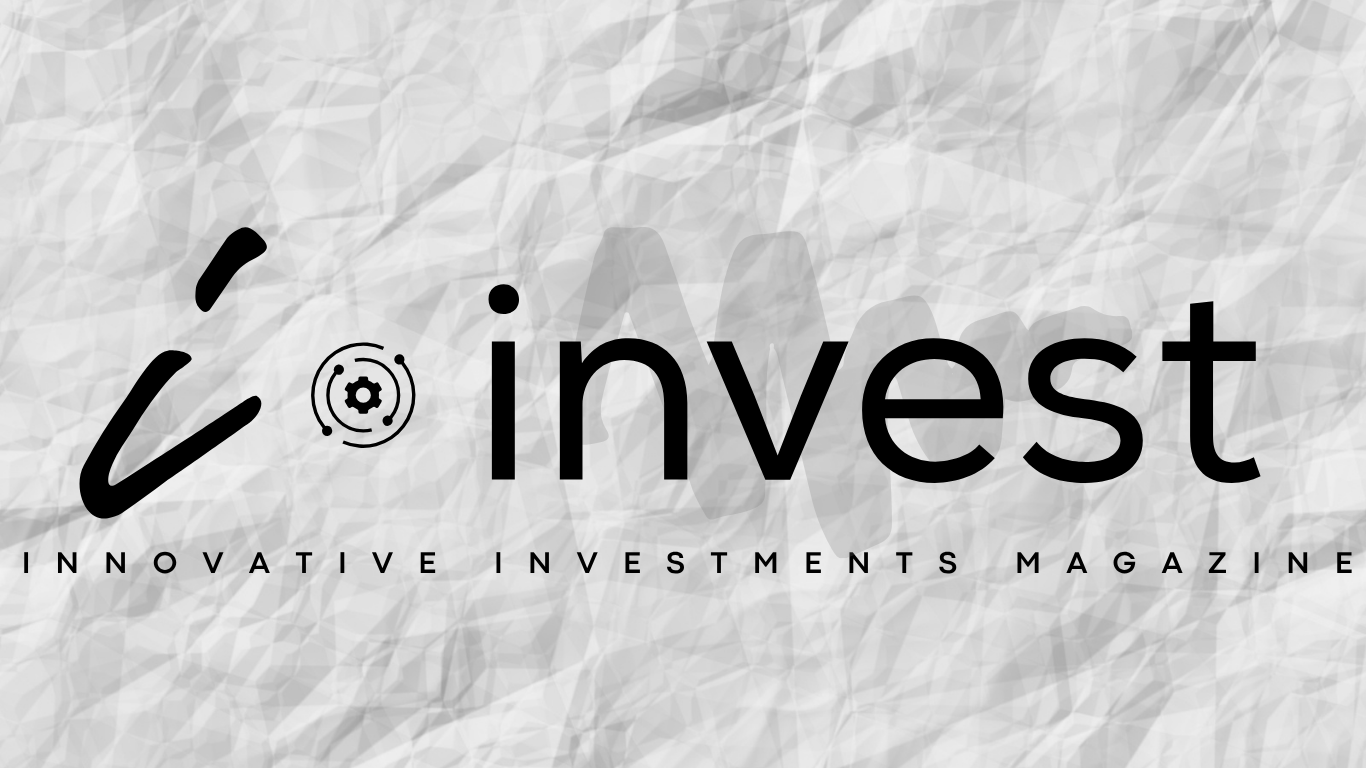For decades, the U.S. dollar has been the universal language of trade and investment. But that dominance is no longer absolute. Around the world, emerging markets are experimenting with new financial grammars — alternative payment systems, regional currency blocs, and digital settlement rails that sidestep the dollar.
This shift is more than geopolitics. It’s a fundamental re-pricing of global trust — and a re-education for investors who’ve long measured wealth through a USD lens.
The System Is Shifting Beneath the Surface
The data tells the story.

- Global FX reserves held in USD: down from 71% (1999) to below 58% (IMF, 2024).
- Cross-border payments via non-SWIFT systems: up 40% year-on-year in BRICS nations.
- Gold purchases by EM central banks: at their highest level in 60 years.
The move toward “monetary multipolarity” is gaining real traction. The BRICS Pay initiative, China’s CIPS, and Africa’s Pan-African Payment and Settlement System (PAPSS) are early examples of what a post-SWIFT world might look like: faster, cheaper, and regionally sovereign.
This isn’t just a currency story — it’s a liquidity story. When payment systems diversify, new channels of credit, risk, and yield open up.
Emerging Markets Are Re-engineering Finance
Emerging markets are not rejecting the dollar; they’re hedging against its cycles.
- Nigeria and South Africa are settling more trade in yuan and euro terms.
- Egypt and Kenya are exploring local-currency cross-border transactions under the AfCFTA framework.
- Several African sovereigns are increasing gold and Special Drawing Rights (SDR) holdings as buffers against USD scarcity.
This gradual diversification gives EM policymakers more breathing room when dollar liquidity tightens — as seen in the 2022-2023 rate hikes.
If your portfolio assumes a single reserve currency, you’re missing the architecture shift. Multipolar finance means multiple sources of yield, volatility, and protection.
Portfolio Implications: Investing in a Multipolar World
For private investors, the implications are strategic rather than speculative:
Currency Diversification Matters More Than Ever
USD-denominated assets will remain a core holding, but a growing share of global growth — and returns — will be earned in alternative currencies. Allocating small exposures to yuan, euro, and regional debt instruments can reduce single-currency risk.
Hedging Gets Local — and Digital
FX fintechs are making sophisticated hedging tools available to African investors. Expect to see naira-yuan swaps, rand-euro forwards, and gold-linked digital tokens emerge as mainstream wealth tools.
Regional Markets Become Opportunity Zones
As transaction costs fall, regional bond and equity markets — Lagos, Nairobi, Cairo — could attract new cross-border capital flows. The upside: higher yield and local-currency appreciation potential.
Diversification isn’t just about asset class — it’s about currency geography. Smart investors map risk across monetary zones, not just markets.
The New Wealth Philosophy

The dollar won’t disappear. But its monopoly on confidence is ending. Investors who thrive in the next decade will view currency not as a constraint but as strategy — a portfolio dimension to be managed, not endured.
Fintech platforms offering transparent FX risk management and multicurrency investment products will be the new gatekeepers of financial flexibility.
In the Wealth Playbook, that’s the winning mindset: Adapt to the architecture of money, and you’ll master the architecture of wealth.








